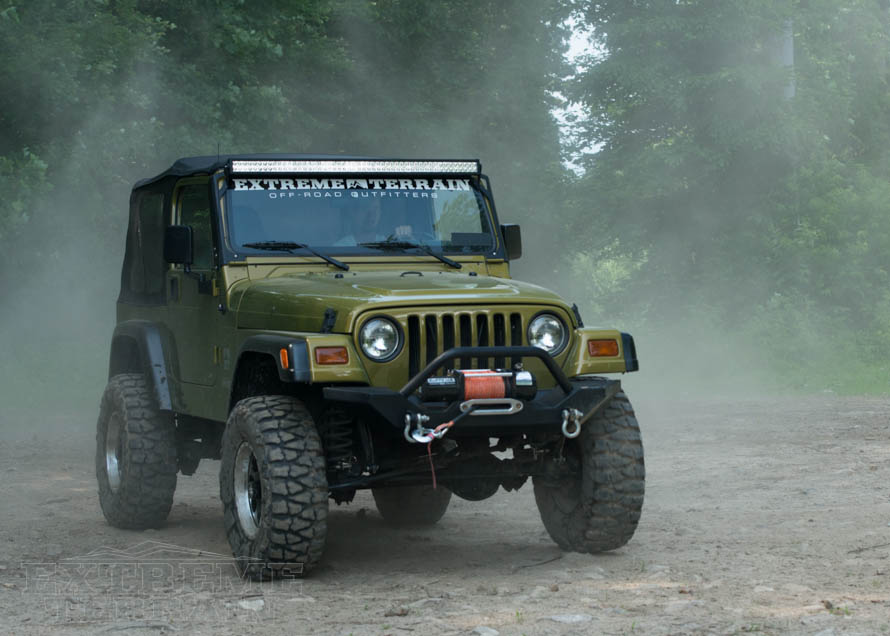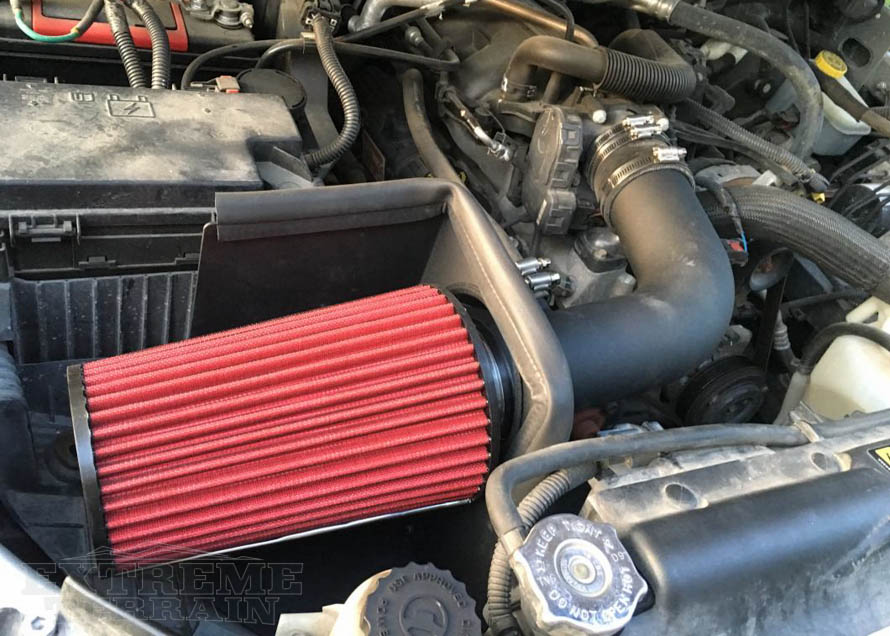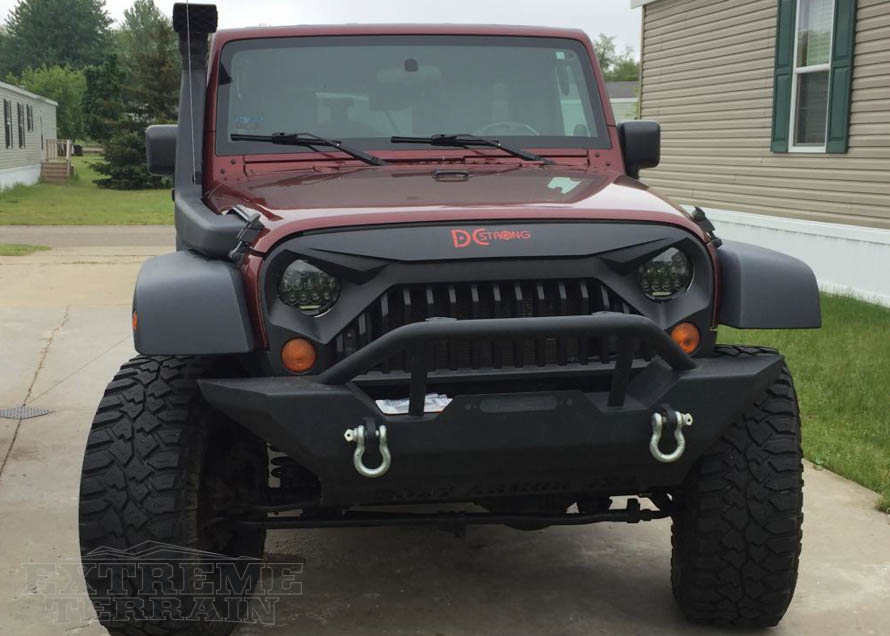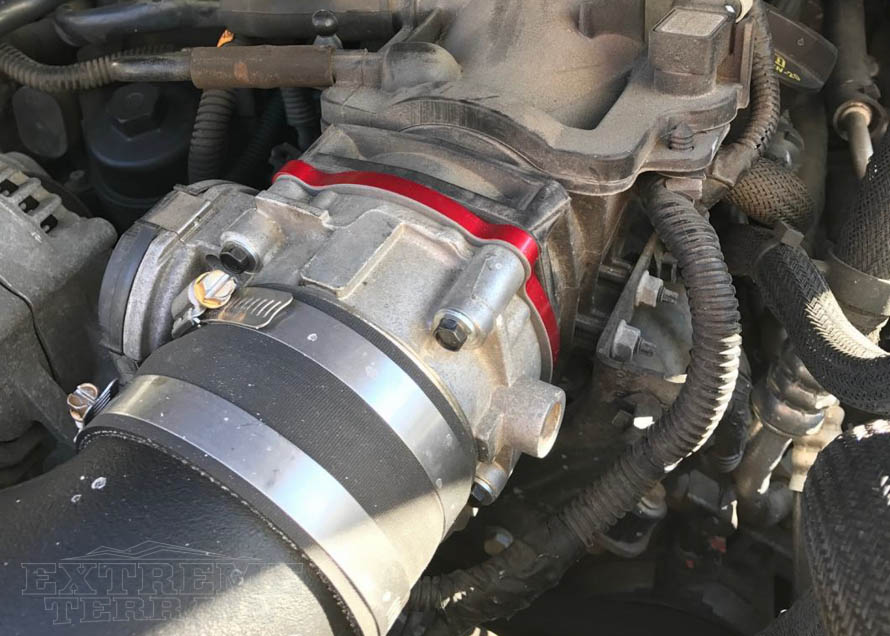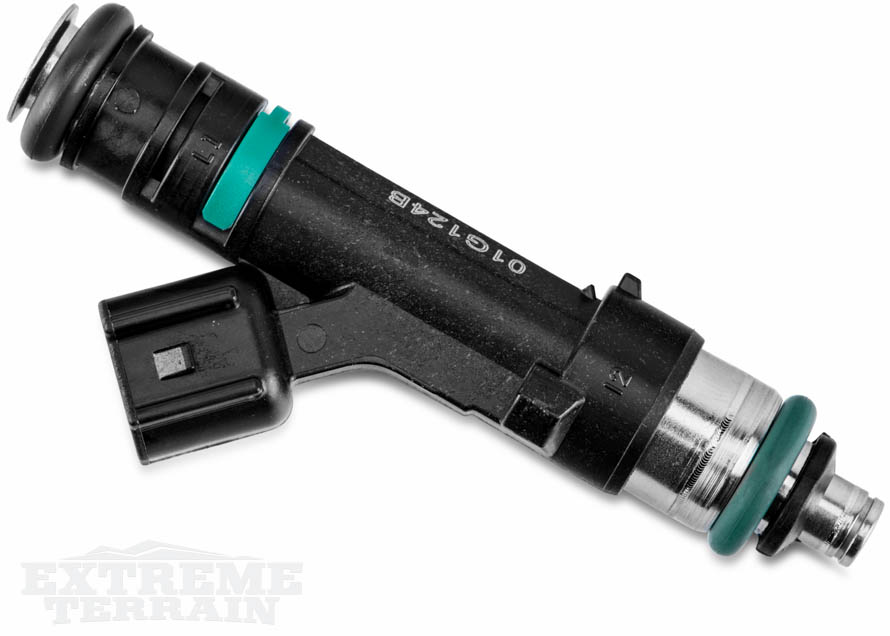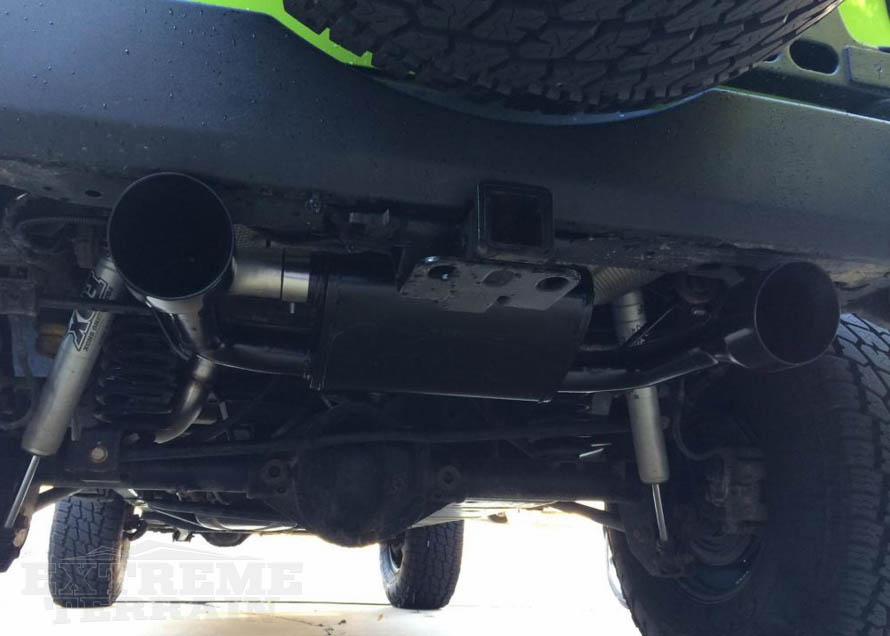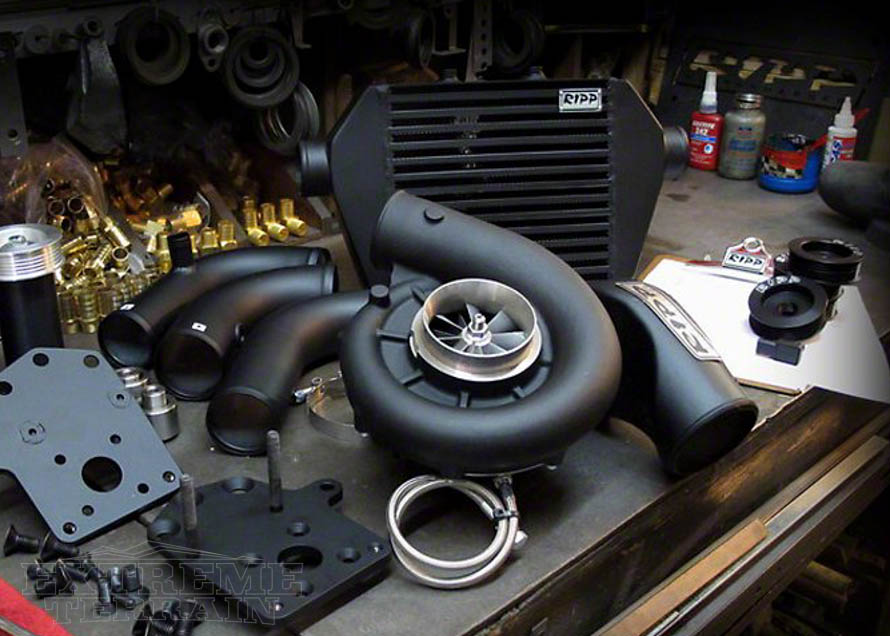If you are looking to make your Wrangler fast, you have the wrong idea and the wrong vehicle. Jeeps are not fast, however they make up for it by being able to go just about anywhere. Modern Jeep Wranglers come equipped with a 3.6 liter six-cylinder engine that produces 285 hp and 260ft-lb. of torque. Normally that kind of power would equate to a fast vehicle, but in a truck that weighs around 4,900 lbs. and has the aerodynamics of a brick that’s simply not the case. There are however some mods you can do to improve your Wrangler’s power.
Table of Contents
- Cold Air Intakes - Basic and Quick
- Snorkel Systems – For More Amphibious Jeeps
- Throttle Body Spacer – Mostly Older Wranglers
- Fuel Injectors – an MPG Mod
- The Benefits of the Stock Exhaust System
- Benefits of an Aftermarket Cat-Back Systems
- Modifying Your Wrangler Computer with a Tune
- Forced Induction – the Ultimate “Bolt-On”
Shop Wrangler Engine Mods
Although the Wrangler isn't know for being fast, extra power can help you during your off-roading adventures. Afterall, the bigger the obstacles, the more horsepower and torque you'll need to conquer them.


